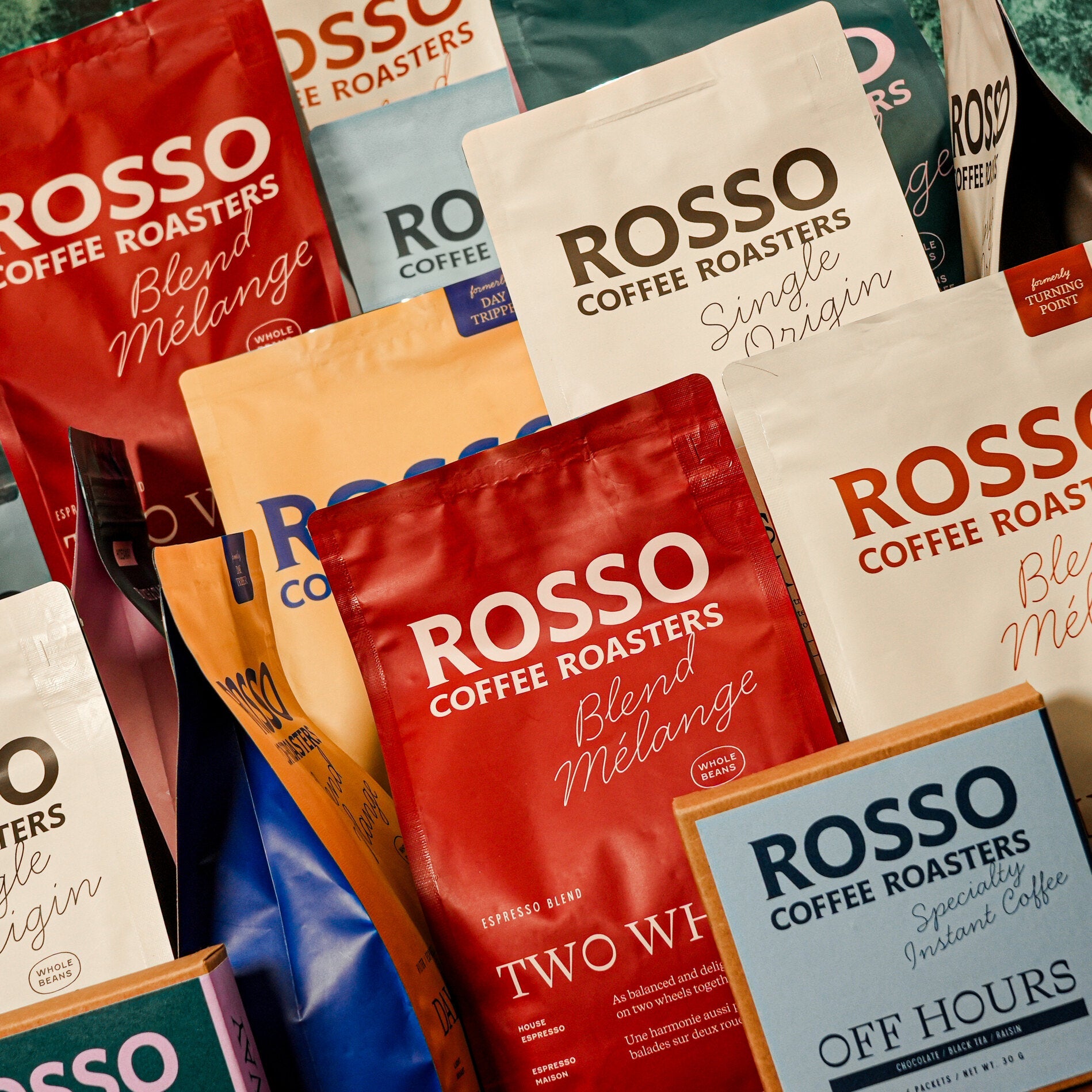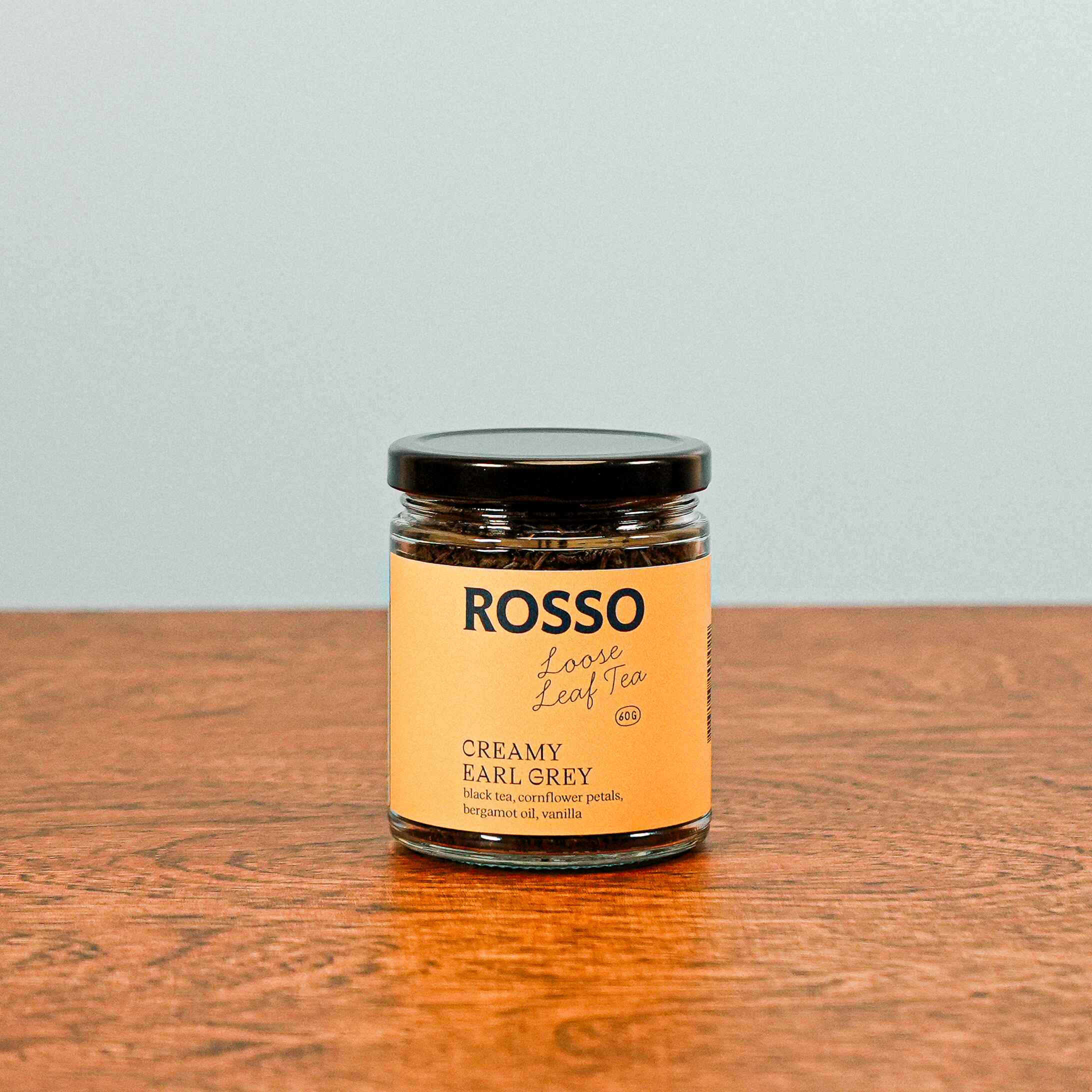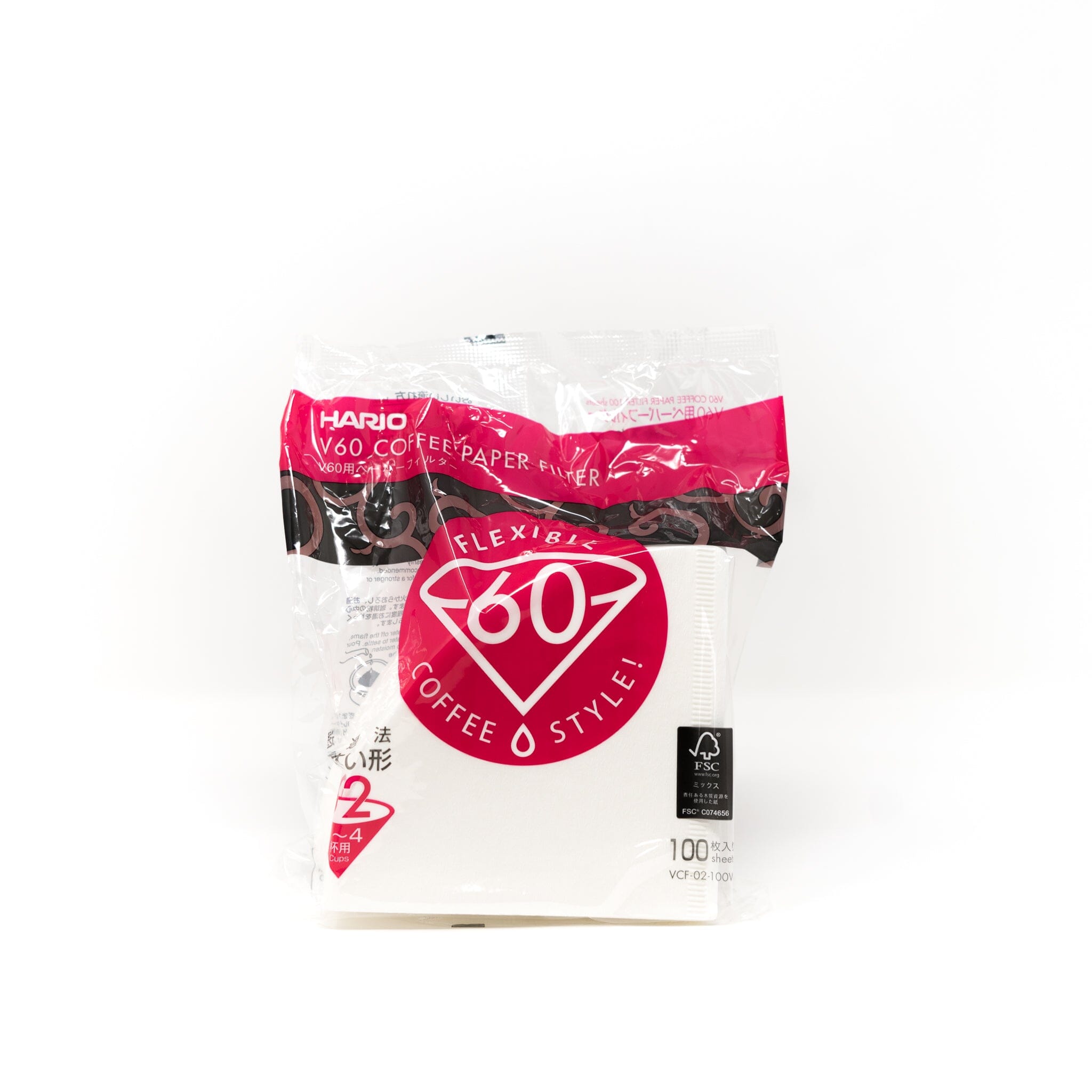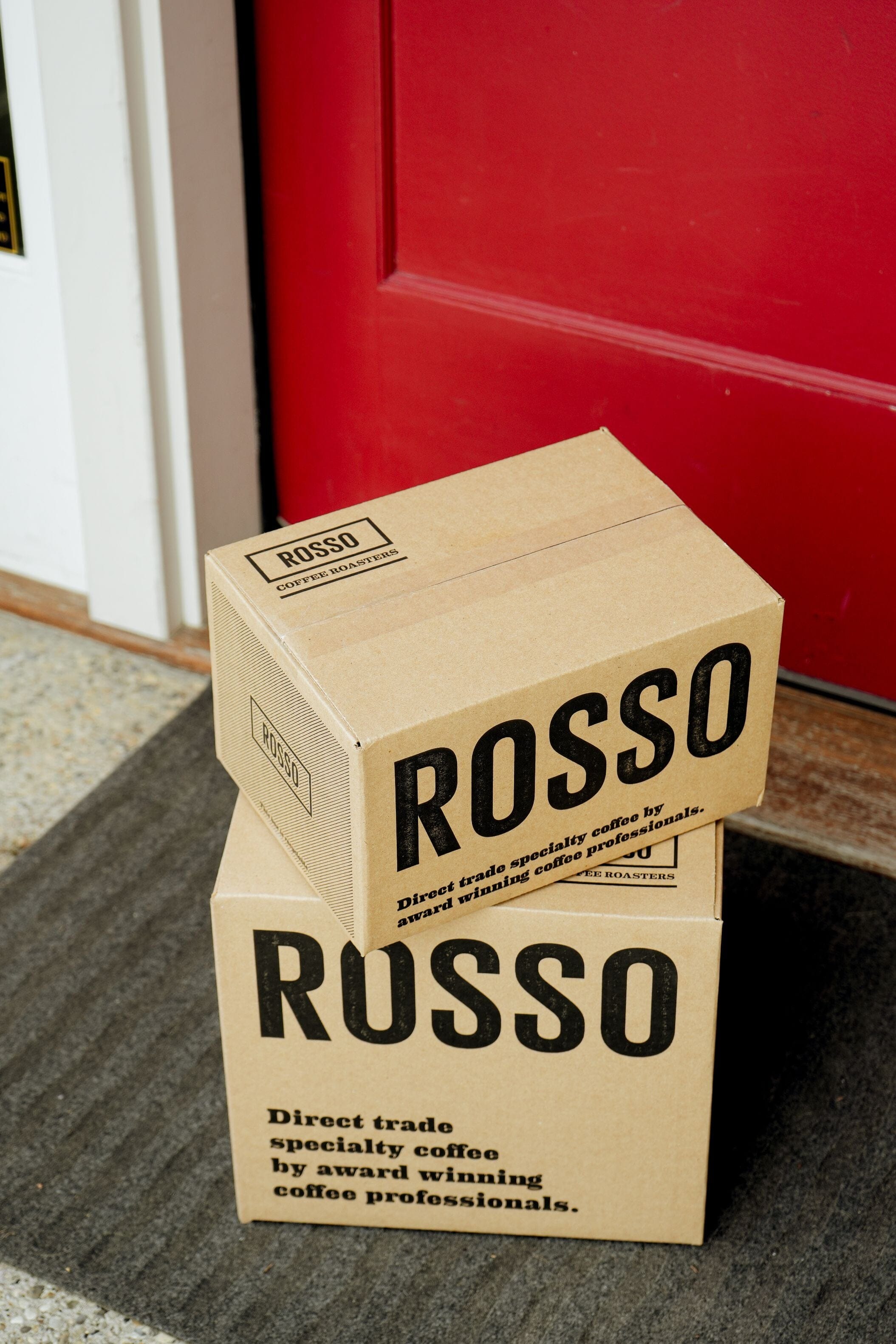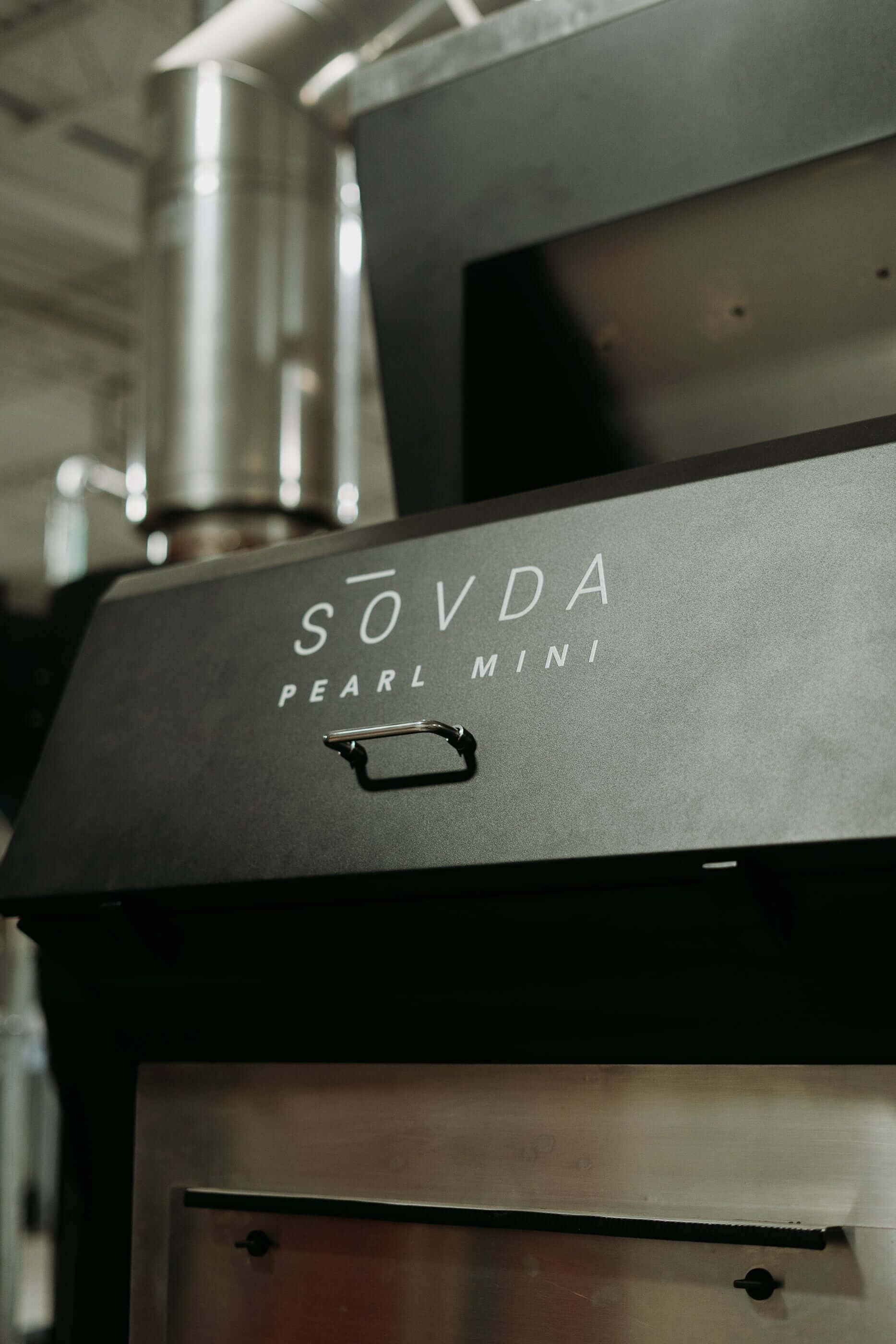

The Future of Consistency & Quality at Rosso

A few weeks ago, two SOVDA Pearl Mini’s were integrated into our roasting process here at Rosso’s Headquarters.
What is a SOVDA, you ask? In short, it is an automated coffee bean color sorting machine, meaning it uses high-tech cameras to sort and remove any imperfect beans from our batches. We are the only roaster in Canada who has one of these machines, but what’s even more impressive—we are the only roasting company in all of North America with two of them.
What does this mean for Rosso? I asked both our Director of Coffee, Cole Torode, as well as our Head Roaster, Paul Stephens, a few questions to better paint a picture of Rosso’s future.
Tell us about the SOVDA. What does it do and why did Rosso decide to invest in these machines?
Cole: Rosso decided to invest in the SOVDA machines on the basis that a core value of our business is continuous improvement—we believe that these machines are the next step for Rosso to not only offer a higher quality product, but also ensure a more consistent product from cup to cup when brewing our coffee. Although we believe the quality of coffee we are buying today is amongst some of the highest in the world, there are still certain flaws that can show up that don’t match the overall standard of that coffee. The two SOVDA machines give us the ability to sort on both sides of the roasting process: the green, raw, unroasted beans, as well as the roasted product.
Paul: On the green side of things, you might see bad beans that have gone black, misshapen beans, or bits of foreign material. If you’ve got a massive batch of coffee, you can’t always see those beforehand. These bad beans can have awful flavours. The SOVDA can see those and spit them out. It scans the beans as they travel through the machine, and when it detects a ‘bad’ bean, it blows a jet of air and knocks it out of the batch. It also has a built-in destoner, so if there’s any little stones or other foreign objects, it will take them out.
Once the beans have been roasted, the main defects you find are called quakers. These are beans that are very light in color. There are two reasons why they might not roast properly—because they don't have enough sugars in them to caramelize, or the sugars did metabolize, but there were other factors like insects or microbes that prevented them from roasting. Quakers can taste a bit like peanut butter. They’re not really bad, but they don’t look great. They reduce the cup overall, making it more nutty and a lot less bright. Another type of rejected bean you might find is an over-roasted bean that has gotten stuck and been roasted two or three times—it comes out looking like a lump of coal.
What does this mean for Rosso? What will change?
Cole: For Rosso, this is a huge step in the mission of consistency. It will change nothing in terms of retail service, or the way we approach our coffees. But really, it will give us the ability to ensure further consistency, to continue to push our quality upward. We hope those are things that our client base is equally invested in us improving. Sorting on both sides is going to unlock a whole new dimension of consistency, first and foremost, and quality will immediately be impacted because of that.
Paul: For me, it will make my job much easier as well. When I was roasting smaller batches, imperfect beans were easier to pick out. But on a larger scale, it’s a lot more difficult and time consuming to find them all. Often, you’ll see a small rock or something come out when the coffee first goes in the cooling bin. The rock could circle around for ages and ages before you find it again. With the built-in destoner, the SOVDA will catch all those inconsistencies.
A lot of the coffees we get, year-to-year, are from the same farms. They can have variations in quality sometimes, because of the weather and how the farming season was. But we still want to buy from them, so the addition of this machine enables us to clean out some of those quakers and other defects, and still use that coffee.
What change are you most excited about and why?
Cole: I think what I’m most excited about is to just taste the different sorts that occur from the SOVDA. Tasting an unsorted batch (which is how we did things prior to having the SOVDA), versus a sorted batch, which has had all of the imperfect beans removed. I’m also interested in tasting the rejected beans on their own to see what sort of flavours each of those, individually, contribute to the cup. I’m really fascinated to better understand which beans are affecting the cup profile and why—I’ve always had a theory, but have never been able to taste the effect at scale. I’m very excited to have a more vast understanding of what contributes to the pros and cons of each of the different coffees.
Have you started using it yet?
Paul: We just started using the SOVDAs this past week to sort both the green and the roasted coffee. Because you can adjust how sensitive it is—like what range of differences in shape or colour you’re willing to accept—we have to create a profile for each individual coffee to make sure we target the desired rejected beans without losing too much good coffee. We are still getting used to using them and our modified workflow. So far, our cupping results have confirmed that removal of the rejected beans makes for a more consistent and tasty coffee.
How is the SOVDA impacting the taste overall? What does that mean for customers and wholesale clients?
Cole: In our brief time working with the SOVDAs, we've already seen huge impacts on our coffees. The flavour differential on the sorted and rejected coffees is massive! Since coffee is the seed of a tropical fruit, it contains varying sugar contents, and not all seeds are equal due to maturation and the time they were harvested. As mentioned above, when you look into a bag of roasted beans, you can see the spectrum of brown hues (remember the light brown quakers that didn’t caramelize?). Now that we’re using SOVDA to remove these low sugar seeds/quakers, we’re finding our coffees are sweeter, more tactile and have a round sensation on the palate. Quakers are an inevitable part of the roasting process—every batch has them. This technology is the first of its kind to effectively sort out these low sugar beans. This means that anyone brewing our coffee can expect the highest quality, consistency, and sweetness available, compared to other roasters on the market.
A huge thank you to Cole and Paul for shedding some light on this exciting next chapter for us at Rosso Coffee Roasters! We can’t wait for our customers to experience this improvement with us, as we blaze the trail in coffee roasting quality and consistency.

